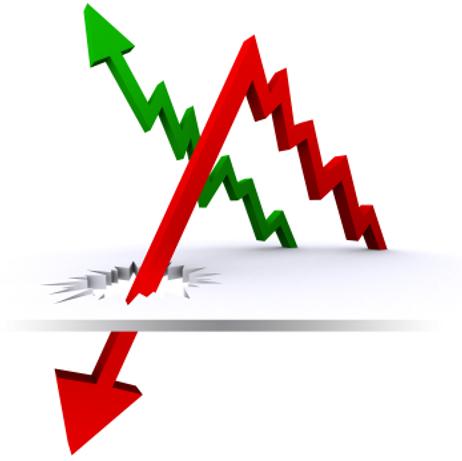While a struggling economy certainly forces extra pressures on young students seeking funds for loans and tuition costs, the enrollment rates for colleges continue to soar. In fact, according to data from the Department of Education, community college enrolment increased by ten percent in the course of just six years, from 2000 to 2006.
Some experts theorize that a dwindling economy actually helps to stimulate student enrollment. As Inside Higher Education explores, “Whether it’s the economy, new academic programs or better recruiting, community colleges are seeing an enrollment boom. While enrollment has been growing steadily at many two-year institutions, this fall appears likely to set records for many of these colleges.”
To help gauge prospective student interests while providing all current students with diverse support, community colleges are investigating the motivations and factors that are encouraging this new surge in enrollment.
This video reports on how a slow economy boosts community college attendance.
Examining the Rising Enrollment
As Statista reports, in 2020 there were 4.8 million students attending 942 community colleges. This growth is not limited to one particular realm of the United States: “The recent community college growth spurt is not restricted to the developing and rural areas. Some of the county’s largest two-year institutions are also enrolling more students than ever.”
Enrollment and the Economy
As community colleges try to ascertain the various factors that may be influencing their enrollment rates, Palm Beach Community College’s spokeswoman, Grace Truman, asserts that one of the most influential powers stimulating enrolment is the economy. As she reveals in her statements to IHE, “‘Our enrollment growth strongly correlates to downturns in the economy […] Locally, we have had significant slumps and layoffs, particularly in the housing and construction-related industries. Our housing, food, and gasoline costs have risen sharply in the same time period.’” Essentially, as some areas are more prone and subject to economic lay-offs and job cuts, unemployed workers are viewing community college as a new avenue that can help keep them afloat during uncertain times.
In addition to providing employees and students with new avenues, the Richland Community College Chronicle further supports: “According to a study done on projected job growth and college education, nearly 35 percent of the new job growth that is expected during the 10-year projection period is likely to occur among jobs requiring college degrees.” As the job market becomes increasingly competitive, unemployed workers can gain new skills while building a stronger resume by attending community college courses. This opportunity provides job candidates with a greater competitive edge when applying for open jobs in the future.
This video reports on the enrolment status of the University of Wisconsin-Oskosh.
Community College and Affordability
As community colleges are providing a diverse group of students with additional skills and experiences for the competitive and dwindling job market, some experts also predict that the affordability of community college classes is another factor boosting enrollment numbers and success. Inside Higher Education’s interview with Grace Truman further reveals, “She added that the college is enrolling more recent high school graduates than in years past; these students are finding it more difficult to get into and pay for Florida’s four-year public institutions. These students, she noted, view community college as a way to save money before they transfer to continue their higher education.”
In fact, in the past, community colleges were often more commonly comprised of students who were past the age of 18; however, with the dwindling economy and costs of universities, a rising number of students are enrolling in community college immediately after high school. As The Daily Campus explains in their article “Community College Enrollment Jumps,” “What is notable about the newest influx of students is that is has brought along with it a 50 percent increase in students who attend college immediately after high school […] Usually, a larger percentage of community college attendees have taken time off to work before returning to a higher education.”
Adding to these studies, the Richland Community College Chronicle further investigated this spreading trend of rising enrollment rates in their article, “Economy Down, Community College Enrollment Up.” As their article further supports, the affordability of community college during financial straining times provides the population with greater access and enrollment opportunities may be a significant factor leading to the recent enrollment hikes, as has been specifically the case in the Richland Community College’s home state of Texas. As the article reveals, “Due to the sluggish economy, more students are stretching education dollars by enrolling at Richland and other community colleges throughout the state of Texas.”
Ultimately, as the costs of community college classes are significantly less than university courses, students are embracing the concept of expanding their education—in spite of the recent tightening of budgets.
Questions? Contact us on Facebook @communitycollegereview.















